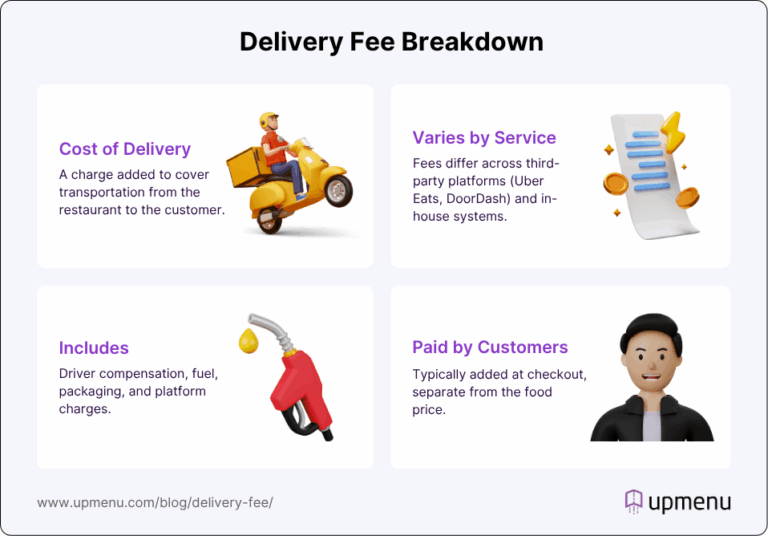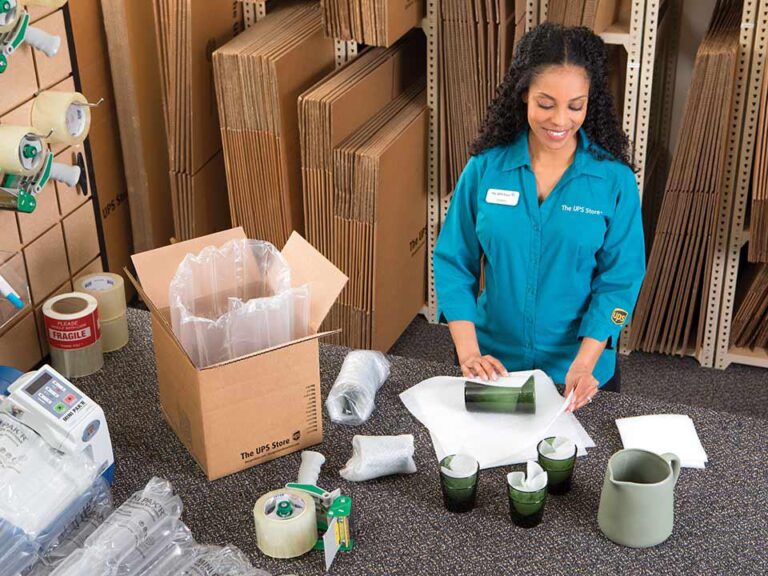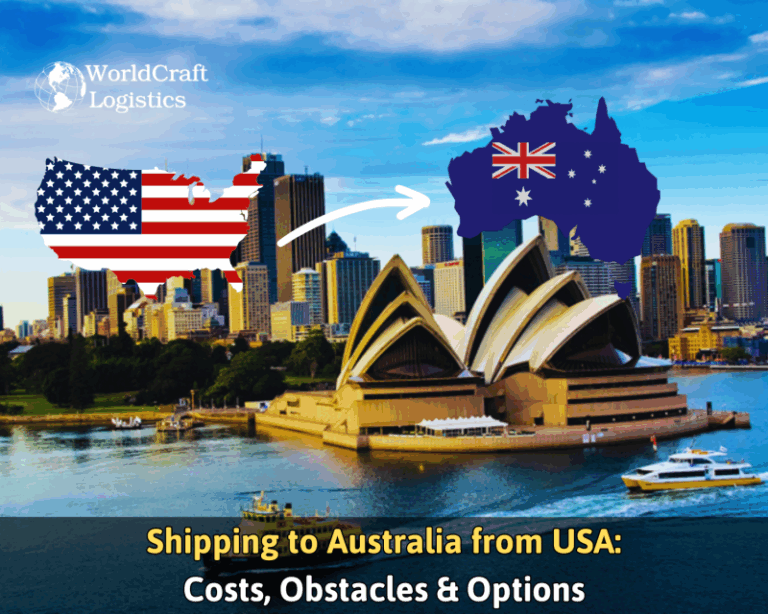Ultimate Guide to Shipping to Saudi Arabia: Costs, Methods, and Key Tips (2025)
Why Shipping to Saudi Arabia Matters
Saudi Arabia’s e-commerce market, valued at $24 billion in 2025, grows at 11% annually, fueled by Vision 2030 and a tech-savvy population. As a major oil exporter and importer of vehicles, electronics, and pharmaceuticals, it’s a key trade hub. Users searching “shipping to Saudi Arabia” seek cost estimates, reliable providers, and customs guidance. This guide details shipping options, costs, transit times, and considerations for small parcels, bulk cargo, and containers, using Cainiao Global’s data for 1kg parcels from China (76 CNY, ~$10.50 USD, 10–14 days).
Shipping Methods to Saudi Arabia
Shipping to Saudi Arabia includes sea freight, air freight, rail freight, and express courier services. Each method suits different needs based on shipment size, urgency, and budget.
Sea Freight: Container and Bulk Cargo
Sea freight is cost-effective for large shipments, arriving at ports like Jeddah, Dammam, and Yanbu. It includes Full Container Load (FCL), Less than Container Load (LCL), and breakbulk/RoRo for oversized cargo.
Full Container Load (FCL)
FCL involves reserving a 20-foot or 40-foot container, ideal for large volumes.
- Costs:
- China (e.g., Shanghai to Jeddah): $2,950 (20ft); $3,500 (40ft) (June 2025).
- U.S. (e.g., New York to Jeddah): $2,200–$3,800 (20ft); $3,000–$5,000 (40ft).
- Germany (e.g., Hamburg to Dammam): $2,000–$3,500 (20ft); $2,800–$4,500 (40ft).
- Japan (e.g., Yokohama to Jeddah): $2,500–$4,000 (20ft); $3,500–$5,500 (40ft).
- Transit Times:
- China: 15–25 days.
- U.S.: 25–40 days (e.g., Seattle–Jeddah: ~69 days).
- Germany: 20–30 days.
- Japan: 25–35 days.
- Considerations:
- Best for shipments filling at least half a container.
- Additional costs include fuel surcharges (10–15%), port fees ($100–$300), and inland transport.
- Saudi customs require a commercial invoice, packing list, bill of lading, and certificate of origin legalized by the exporting country’s chamber of commerce.
Less than Container Load (LCL)
LCL is suitable for smaller shipments, sharing container space with other cargo.
- Costs:
- China: Cainiao Global charges 76 CNY (~$10.50 USD) for a 1kg parcel, 10–14 days. For 1 cubic meter, expect $80–$120 USD.
- U.S.: $100–$150 USD per cubic meter.
- Germany: $70–$110 USD per cubic meter.
- Japan: $90–$140 USD per cubic meter.
- Transit Times:
- China: 20–30 days.
- U.S.: 30–45 days.
- Germany: 20–30 days.
- Japan: 25–35 days.
- Considerations:
- Cost-effective for shipments under 500kg.
- Longer transit times due to consolidation.
- Dimensional weight charges apply (length x width x height / 1000 for sea).
Breakbulk and RoRo (Roll-on/Roll-off)
Breakbulk and RoRo handle oversized cargo like vehicles or machinery.
- Costs:
- China: RoRo for a car costs $1,000–$1,600 USD; breakbulk is $80–$150 USD per metric ton.
- U.S.: RoRo costs $1,200–$1,800 USD.
- Germany: RoRo costs $900–$1,400 USD.
- Japan: RoRo costs $1,000–$1,500 USD.
- Transit Times:
- Similar to FCL/LCL: 15–69 days depending on origin.
- Considerations:
- RoRo suits vehicles; breakbulk is for oversized items.
- Marine insurance (0.3–2% of cargo value) is recommended.
Air Freight: Bulk and Small Parcels
Air freight is faster, ideal for time-sensitive or high-value goods, arriving at Riyadh or Jeddah airports.
Bulk Air Freight
Bulk air freight suits shipments over 4 lbs, such as commercial inventory.
- Costs:
- China: $5 per kg for shipments over 1,000 kg (June 2025).
- U.S.: $4–$8 USD per kg.
- Germany: $3–$6 USD per kg.
- Japan: $5–$9 USD per kg.
- Transit Times:
- China: 2–5 days.
- U.S.: 3–7 days.
- Germany: 2–5 days.
- Japan: 3–6 days.
- Considerations:
- Volumetric weight (length x width x height / 6000) may increase costs.
- Customs clearance requires an airway bill and commercial invoice.
Small Parcel Express Services
Express couriers are perfect for e-commerce and personal parcels under 1kg.
- Costs:
- China: Cainiao Global charges 76 CNY (~$10.50 USD) for 1kg, 10–14 days. DHL/FedEx: $25–$45 USD, 2–5 days.
- U.S.: $25.55 (Parcel Monkey economy) to $40 USD (USPS, FedEx), 4–10 days.
- Germany: $12–$35 USD, 3–6 days.
- Japan: $15–$40 USD, 3–5 days.
- Transit Times:
- China: 10–14 days (Cainiao); 2–5 days (DHL/FedEx).
- U.S.: 4–10 days (economy); 2–5 days (express).
- Germany: 3–6 days.
- Japan: 3–5 days.
- Considerations:
- Cainiao is budget-friendly but slower.
- Tracking is standard with most couriers.
- VAT (15%) and duties (5–20%) apply for parcels over $266 USD, calculated using the CIF method.
Rail Freight
Rail freight is a cost-effective alternative for shipments from China, though less common.
- Costs:
- China: $2–$4 USD per kg, roughly half the cost of air freight.
- Other Origins: Limited availability; costs vary.
- Transit Times:
- China: 12–18 days to Saudi ports.
- Considerations:
- Suitable for medium-sized shipments.
- Limited to China–Saudi routes due to rail infrastructure.
Cost Comparison Table
| Method | Origin | Cost (1kg) | Transit Time | Best For |
|---|---|---|---|---|
| Sea Freight (FCL) | China | $2,950–$3,500 (container) | 15–25 days | Large shipments |
| Sea Freight (LCL) | China | $10.50–$120 (1kg–1m³) | 20–30 days | Small–medium shipments |
| Air Freight (Bulk) | China | $5 per kg | 2–5 days | High-value goods |
| Express (Small Parcel) | China | $10.50–$45 | 2–14 days | E-commerce, personal parcels |
| Rail Freight | China | $2–$4 per kg | 12–18 days | Medium-sized shipments |
| Sea Freight (FCL) | U.S. | $2,200–$5,000 (container) | 25–40 days | Large shipments |
| Express (Small Parcel) | U.S. | $25.55–$40 | 4–10 days | E-commerce, personal parcels |
| Sea Freight (FCL) | Germany | $2,000–$4,500 (container) | 20–30 days | Large shipments |
| Express (Small Parcel) | Germany | $12–$35 | 3–6 days | E-commerce, personal parcels |
| Sea Freight (FCL) | Japan | $2,500–$5,500 (container) | 25–35 days | Large shipments |
| Express (Small Parcel) | Japan | $15–$40 | 3–5 days | E-commerce, personal parcels |
Recommended Service Providers
- Sea Freight:
- Maersk: Reliable for FCL/LCL to Jeddah/Dammam.
- COSCO: Strong for China–Saudi routes.
- iContainers: Competitive rates with online booking.
- Air Freight:
- Saudia Cargo: Efficient for China–Saudi routes.
- Lufthansa Cargo: Ideal for Germany–Saudi.
- FedEx Freight: Strong for U.S.–Saudi bulk air.
- Express Courier:
- Cainiao Global: Budget-friendly for 1kg parcels from China.
- DHL Express: Fast, reliable for global shipments.
- FedEx/UPS: Consistent for U.S. and Japan routes.
- MyUS: Offers consolidation for U.S. shopping with 0% U.S. sales tax.
- Rail Freight:
- SINO Shipping: Specializes in China–Saudi rail freight.
- Foresmart: Offers rail options.
Key Considerations for Shipping to Saudi Arabia
Customs and Regulations
- Import Duties: Goods over $266 USD incur 15% VAT and duties (5–20%, higher for luxury goods), calculated using the CIF method. Personal clothing and personal-use items are duty-free.
- Documentation: Commercial invoice, packing list, bill of lading/airway bill, certificate of origin, and TAX ID are required. Food and medical products need Arabic labeling and Saudi standards certification.
- Prohibited Items: Alcohol, pork, non-Islamic religious materials, drugs, jewelry over $5 USD, and spying devices (e.g., hidden cameras) are banned. Restricted items like pharmaceuticals and wireless equipment require permits.
- Customs Clearance: Use a freight forwarder fluent in Arabic to avoid delays due to language barriers.
Packaging and Dimensional Weight
- Use sturdy, lightweight packaging to minimize weight.
- Calculate volumetric weight for air freight (length x width x height / 6000).
- Secure cargo for sea freight to withstand port handling and desert climate.
Major Ports and Airports
- Ports: Jeddah, Dammam, Yanbu, and Jizan are primary entry points.
- Airports: Riyadh (King Khalid) and Jeddah (King Abdulaziz) are main hubs for air freight and parcels.
- Choose destinations near your recipient to reduce inland costs.
Seasonal and Logistical Factors
- Peak seasons (e.g., Q4, Ramadan) increase costs and cause delays.
- Red Sea geopolitical risks may affect rates and schedules.
- Check holidays like Eid al-Fitr (April) for customs delays.
Tracking and Insurance
- Use providers with robust tracking (Cainiao, DHL, iContainers).
- Insure high-value shipments (0.3–2% of cargo value) to cover loss or damage.
Tips for Cost-Effective Shipping
- Compare Rates: Use platforms like Freightos or Easyship for competitive quotes.
- Optimize Size: Stay under 1kg for Cainiao’s 76 CNY rate from China.
- Consolidate Shipments: Combine multiple packages to save costs, especially with services like MyUS or Forwardme.
- Plan for Customs: Use a freight forwarder for accurate documentation and clearance.
- Use Local Delivery: Partner with Aramex or Saudi Post for last-mile delivery.
Conclusion
Shipping to Saudi Arabia is efficient with options for every need. Cainiao Global’s 76 CNY (~$10.50 USD) rate for 1kg parcels from China is ideal for e-commerce, while sea freight suits bulk shipments, air freight ensures speed, and rail freight offers a balanced option from China. By understanding costs, selecting reliable providers, and navigating strict customs regulations, you can optimize logistics. For real-time quotes, contact Cainiao Global, Maersk, DHL, or use Freightos.



